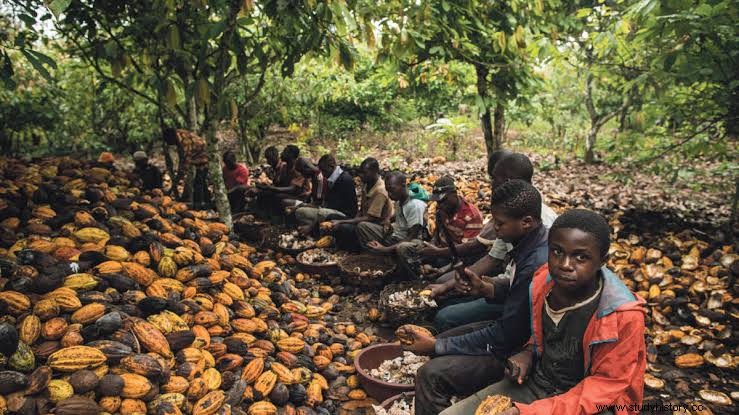Introduction
The word chocolate can evoke images of sweet candies and juicy truffles, but today's chocolate is little like the chocolate of the past. For much of history, chocolate was a venerable but bitter drink, not a sweet, edible treat. But in about 90 percent of the chocolate's long history, it was strictly a drink, and sugar had nothing to do with it. How crazy is that? All our lives we assume that this decadent treat has always been edible. Little did we know, it took a genius to wake up one day and say “Hello! What if chocolate was not a drink, but instead something we could eat? ”. Did you know that West African countries such as Ghana and Côte d'Ivoire produce more than 70% of the world's cocoa?
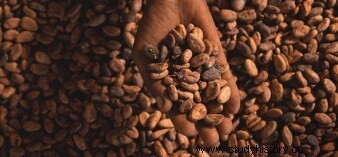
Chocolate History
The chocolate history can be traced to ancient Mayans, times and even earlier to the ancient elms in southern Mexico. The 4,000-year history of chocolate began in ancient Mesoamerica, now known as Mexico. Cocoa plants were first found here. Olmec, one of the earliest civilizations in Latin America, was the first to turn the cocoa plant into chocolate. They drank their chocolate during rituals and used it as medicine.
Centuries later, the Mayans praised chocolate as the god's drink. Maya chocolate was made from roasted and ground cocoa seeds mixed with chili, water and cornmeal. Mayans poured this mixture from one pot to another, making a thick frothy drink called "xocolatl", which means "bitter water". In the 15th century, the Aztecs used cocoa beans as currency. They believed that chocolate was a gift from the god Quetzalcoatl, and drank it as a refreshing drink, an aphrodisiac and even to prepare for war.
The terminology can be a bit confusing, but most experts these days use the term "cocoa" to refer to the plant or its beans before treatment, while the term "chocolate" refers to everything made from the beans, she explained. "Cocoa" generally refers to chocolate in powder form, although it may also be a British form of "cocoa."
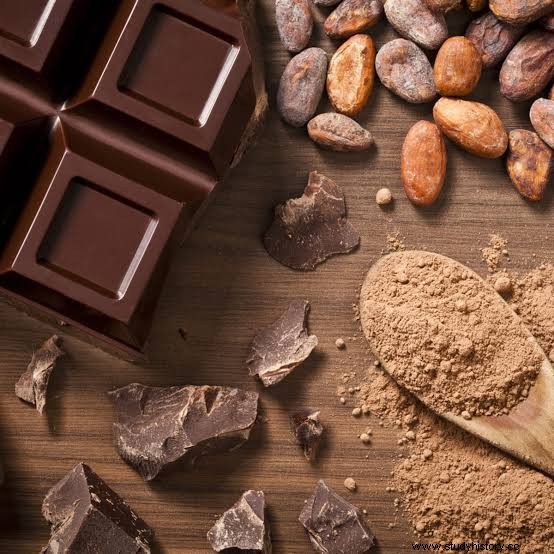
Chocolate begins to seduce the world
No one knows for sure when chocolate came to Spain. Legend has it that explorer Hernán Cortés brought chocolate to his homeland in 1528. Cortés is believed to have discovered chocolate during an expedition to America. In search of gold and wealth, he instead found a cup of cocoa given to him by the Aztec, which he then took home.
When chocolate reached Spain, the Spaniards kept quiet for over a century before the rest of Europe was seduced by this mouth-watering drink that they could not get enough of, but unfortunately this was a luxury only the rich would enjoy. Shortly afterwards, special "chocolate houses" appeared. As the movement spread throughout Europe, many nations established their own cocoa plantations ashore along the equator.
The story of this edible food continues as the treat remained extremely popular among the European nobility. The royals and the upper class ate chocolate due to health benefits and decadence. In 1828, the invention of the chocolate press revolutionized chocolate making.
This innovative device can squeeze cocoa butter from roasted cocoa beans and leave a fine cocoa powder. The powder was then mixed with liquids and poured into a mold, where it solidified into an edible chocolate. And just like that, the modern age of chocolate was born.
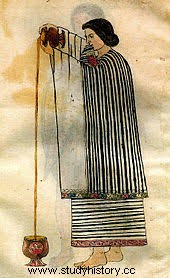
A short lesson on chocolate making
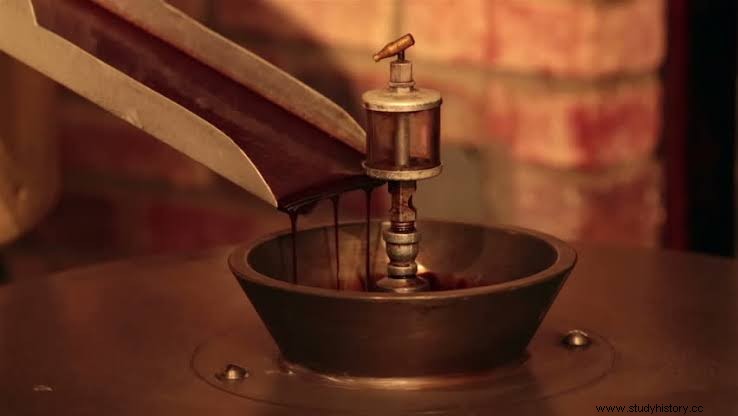
Chocolate is made from the fruit of cocoa trees, which are native to Central and South America. The fruits are called pods and each pod contains about 40 cocoa beans. The beans are dried and fried to make cocoa beans. It is unclear when cocoa came to the party or who invented it. Click here to find out more about the chocolate making process.
Cocoa beans as currency
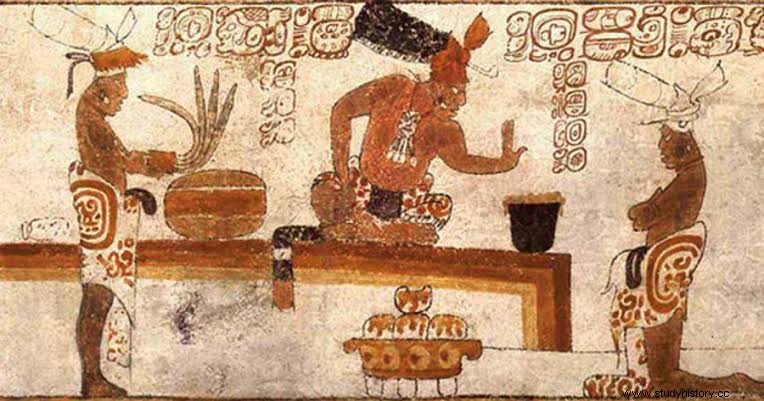
Chocolate was used as a currency, once upon a time. Can you believe such a world? I know I can not. The Aztecs took the love of chocolate to a whole new level. They believed that the prayers were given to them by the gods, like the Mayans.
They used cocoa beans as currency to buy food and other goods. In Aztec culture, cocoa beans were considered more valuable than gold. The chocolate drink was mostly enjoyed by the upper classes daily and sometimes the lower class during weddings and other celebrations.
Perhaps the most infamous chocolate lover of all was the mighty Aztec ruler Montezuma II, who allegedly drank liters of chocolate every day for energy and as an aphrodisiac. His military had reserved cocoa beans, as some say.
America gets a treat
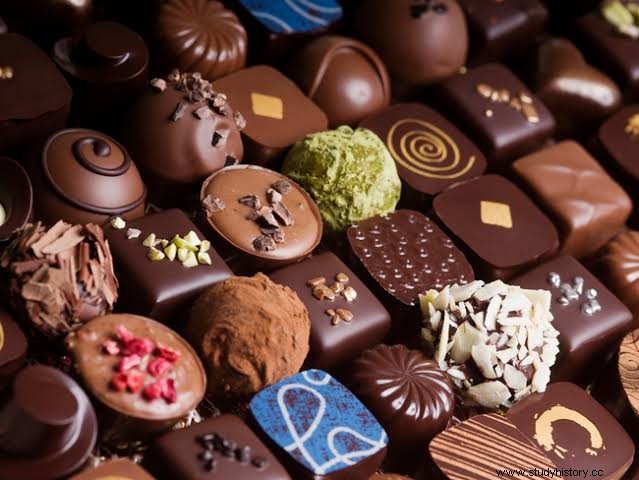
By 1641, chocolate had arrived in Florida on a Spanish ship. In Boston in 1682, the first chocolate house opened to American society. Enjoyed all the classes. Cocoa beans became a huge import for the American colonies. Chocolate was given to the military as rations and sometimes as payment instead of money during the Revolutionary War. This also happened in World War II.
Cocoa powder
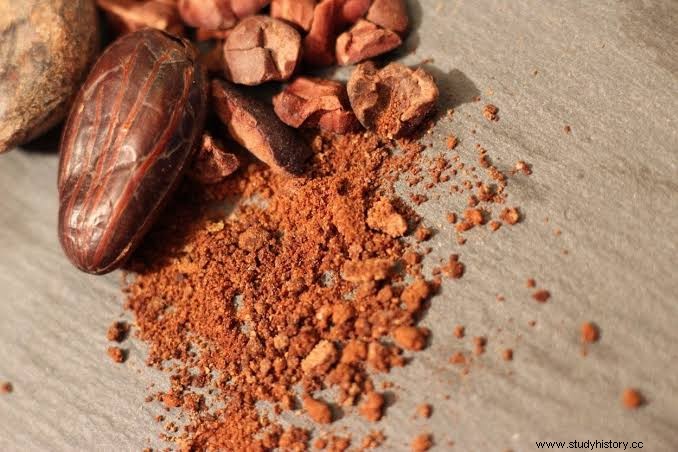
In 1828, the Dutch chemist Coenraad Johannes van Houten found a way to treat cocoa beans with alkaline salts to make a powdered chocolate that was easier to mix with water. The process became known as "Dutch processing" and the chocolate produced is called cocoa powder or "Dutch cocoa." Van Houten apparently also created the cocoa press, although some reports say that his father invented the machine.
The cocoa press separated cocoa butter from roasted cocoa beans to make cocoa powder cheaply and easily, which was used to make a wide variety of delicious chocolate products. Soon, chocolate was mass-produced. Using Dutch treatment and the chocolate press, thus making chocolate cheaper for everyone. Whether you were rich or poor.
https://www.smithsonianmag.com/arts-culture/a-brief-history-of-chocolate-21860917/
The dark side of chocolate
New production of chocolate costs a lot. The majority of cocoa farmers are struggling to make ends meet. Thus, it results in low wages or slave labor. Sometimes obtained by trafficking in children to lie in front of the other cocoa farmers. As the chocolate industry has expanded over the years, the need for affordable chocolate has also increased. On average, these cocoa farmers earn less than $ 2 per day. This is a wage definitely below the poverty line. For their part, resort to child labor.
Children in West Africa start working from the ages of 12 and 16, but it has been observed that children as young as 5 years old work on the cocoa farms to help support their families, or they are sold by their own relatives, unaware of the dangers. in front of them for the traffickers. Most children do not see their family for many years or at all. To date, little progress has been made in reducing child labor in cocoa farms in West Africa.
Industries
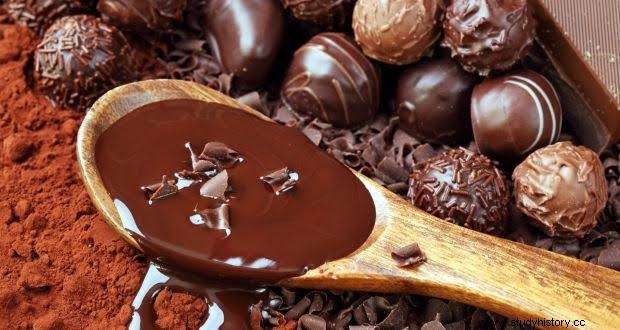
The chocolate industry is a slow growing business of $ 50 billion a year. The industry is worth $ 100 billion and counts. Europe accounts for 45% of chocolate revenues. Here are some things you did not know about the chocolate industry. First, it takes 400 cocoa beans to make one kilo of chocolate.
Secondly, the coconut tree produces on average enough fruit to make 1 to 3 kilos of chocolate a year. Third, every person in Switzerland eats over nineteen kilos of chocolate, making them the biggest consumer of this delicious treat. Finally, the high demand for chocolate has led to large-scale deforestation in the Ivory Coast, which lost 80% of its forests.
A healthy point of view
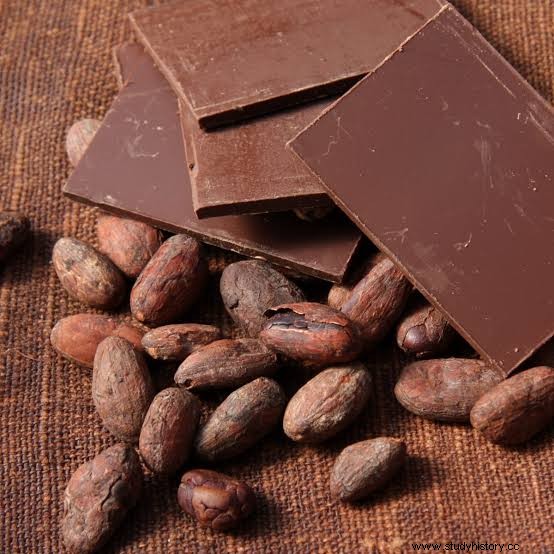
Most of our parents tell us that chocolate is not healthy, which I agree with. Proven healthy. It is safe to say that dark chocolate has earned its place. Here are 8 healthy reasons to eat dark chocolate:
- Dark chocolate can help prevent heart disease and lower the risk of stroke.
- The delicious treat can prevent memory loss (I wish I knew this for my final exams) and boost your mood.
- It can improve blood sugar levels and reduce the risk of getting diabetes.
- Chocolate is good for the gut and helps with weight loss. Yes, you guys read that right.
- It fights free radicals and plays a role in cancer prevention.
- Chocolate is good for your skin in more ways than one.
- This edible treat can send good cholesterol up and bad cholesterol down.
- Dark chocolate is nutritious and delicious.
After reading about all these facts, it was no wonder that the Aztecs believed chocolate was a gift sent by the gods.
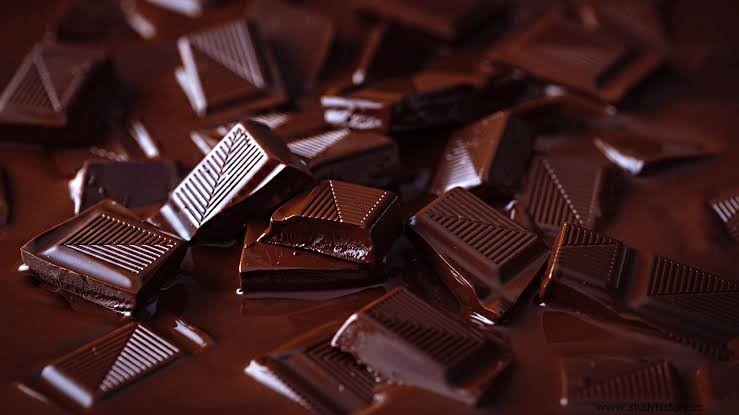
https://www.everydayhealth.com/diet-and-nutrition-pictures/delicious-reasons-to-eat-dark-chocolate.aspx
Unknown facts about chocolate.
Nothing beats the smooth and rich taste of a piece of chocolate. Just about everyone around the world is a fan of chocolate. But there are tons of hidden facts about chocolate that just make it so sweet. The largest chocolate bar in the world weighed 5792.50 kg.
Ruth Graves Wakefield invented the cake by accident during the 1930s while cooking for guests at the Toll House Inn in Whitman, Massachusetts. She tried to make a batch of Butter Drop Do cakes, but instead the chocolate chips in the batter remained intact and the iconic cake was born. Ruth, also known as the "mother of chocolate cakes", sold her now famous recipe to Nestle, but she did not receive any money for it. Instead, all she wanted was a lifetime of chocolate, which is a deal I'm sure we would all take.
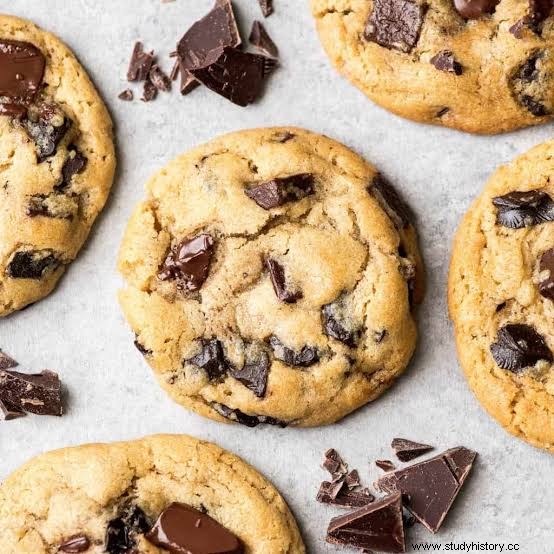
Chocolate contains over 600 flavors, which give off its distinct aroma, according to the American Chemical Society. Red wine has over 200 flavors, compared to chocolate.
According to the BBC, research found that chocolate can actually stimulate your brain and release more endorphins in the brain than kissing does. Shows that kissing increases your heart rate as well.
America's favorite chocolate brand produces millions of the bite-sized chocolates that people enjoy daily. They are all machine made at Hershey's factory in Hershey, Pennsylvania. If you're always wondering where the name of these tiny chocolate goodies came from, it has nothing to do with kissing. It actually got its name from the sound that chocolate makes when it comes out of a machine during the production process.
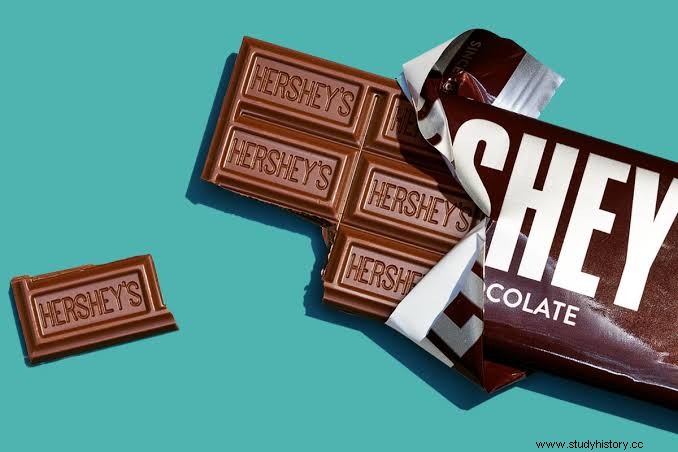
More unknown facts
Most people think that there are only three main types of chocolate, but this is not necessarily true. Blonde chocolate, named after its striking color, was actually made by accident by confectioner Frédéric Bau, according to the chocolate's basic company, Valrhona.
White chocolate contains cocoa butter, but does not contain cocoa powder or cocoa solids that give regular milk and dark chocolate their color and taste. Since cocoa butter does not actually taste good on its own, it is mixed with milk fat, vanilla and sugar for a sweeter taste.
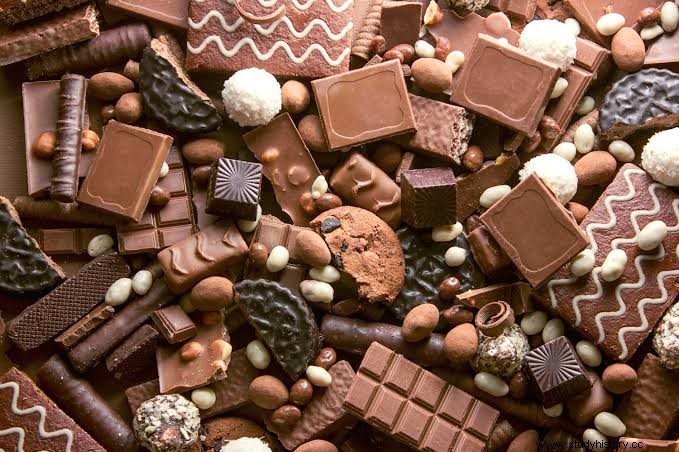
The most valuable chocolate bar in the world sold for $ 687. This Cadbury chocolate bar had a much more expensive tag than usual, and for good reason. At the time it was sold in 2001, this piece of chocolate was 100 years old and went on Captain Robert Scott's first Discovery expedition to Antarctica, according to Guinness World Records.
According to Coca-Cola's caffeine calculator, the average chocolate bar actually has quite a lot of caffeine. It is estimated that as much as 50 mg of caffeine is in a chocolate, which is more than one shot of espresso.
It takes about a week to make a chocolate bar with a serving. According to the craft chocolates at Amano, the process of making chocolate from cocoa beans takes about a week. Larger companies like Hershey's can make a chocolate bar in two to four days because of their larger chocolate-making machines.
Cultural significance in anthropology
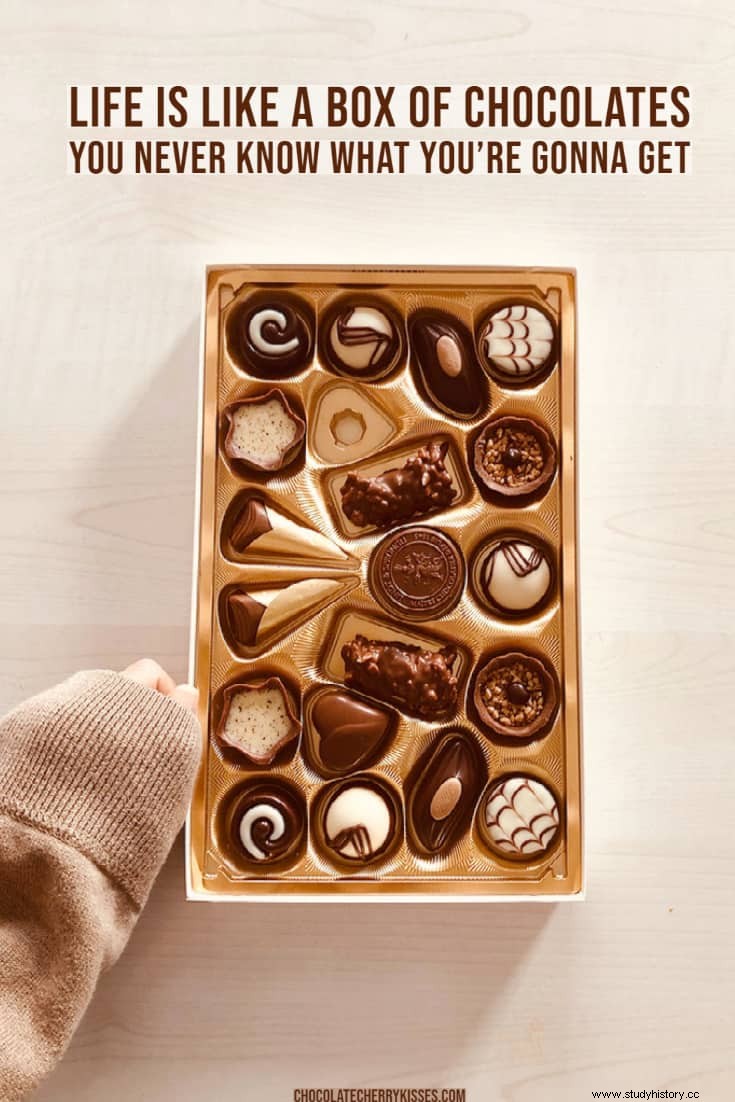
Most modern chocolate is very refined and mass-produced, although some chocolate concepts still make their chocolate creations by hand and keep the ingredients as clean as possible. Chocolate is available to drink, but is more often enjoyed as an edible confectionery or in desserts and baked goods. Although your average chocolate bar is not considered healthy, dark chocolate has earned its place as a heart-healthy, antioxidant-rich treat. Next time you take a bite of your chocolate, enjoy it and remember all the hard work it took to make such a delicious edible. Thinking about 90% of its history, chocolate was a liquid, and some radiant minds made it a solid one. And never forget that chocolate makes the world go round.
Life is like a box of chocolates, you never know what you'll get.
-Forest Gump.

